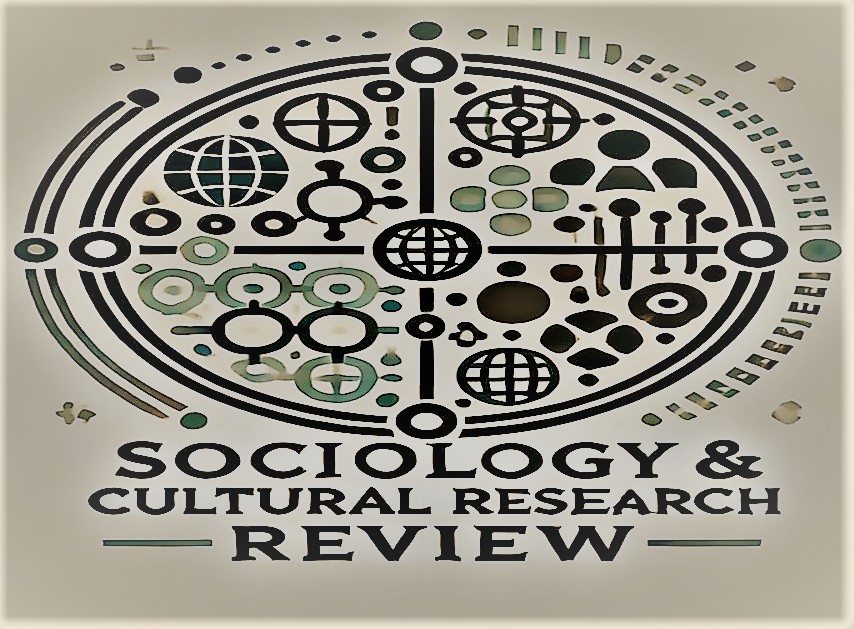US-Indo Cooperation on ICET and its Implications for China’s Tech Industry
Abstract
This article examines the ever-evolving dynamics of strategic partnerships and a landmark shift at the intersection of technological innovation and geopolitics. This study analyzes the partnerships initiated to deepen collaboration with the primary objective of fostering cooperation, innovation, and control of global supply chains in areas such as semiconductors, AI, quantum computing, and telecommunications, which share liberal democratic values. This article also highlights the dual nature of the partnership with the underlying strategic purpose of containing China and counterbalancing the power dynamic. Through the theoretical lens and scenario analysis of strategic realism, this article represents a more nuanced and comprehensive analysis of the initiative, functioning as a strategic détente enabling alliance formation, threat balancing, and technological containment while serving as a platform with liberal values of cooperation, democratic standards, and international norms. This further examines China’s counter strategies, future scenarios, and the evolving normative competition between democracies and communists. It also addresses the challenges and risks that could create friction in sustainable partnerships, including protectionist policies and diverging national interests. Ultimately, this research represents the initiative as a hybrid mechanism shaping the global order, demonstrating strategic and normative logic in shaping state behavior in this cutthroat competition for technological dominance.
Keywords: Innovation Ecosystem, Normative Rivalry, Strategic Alignment, Geopolitical Shift, Technological Decoupling, Counterbalance, Détente




